Architecture offers a great advantage over other fields of photography in that your subject will remain in one place. It is, therefore, easier to locate a subject and it will still be there the next time you visit. But this does not mean that photographing buildings is easy. To capture striking architecture photography requires hard work and lots of practice.

Here are some tips to help you create architecture photos that stand out and catch the eye:
1) Nighttime illuminations
You can create your own interesting images of architecture by shooting a city at night.
Photographing architecture at night as opposed to daytime can transform an image with the variety of light providing a unique perspective. While sunlight can provide shadows and interesting angles of light during the day, you will find nighttime can help to make an image more radiant with bursts of building and street light contrasting a vivid color palette from the sky.
One way to obtain eye-catching images is to start photographing at dusk when the sky retains some light as it begins to be tinged with darkness. At this time of day (blue hour), the rich blue hue nicely balances the lights on the building.

You will find it is best to use a tripod at nightfall because of the low light levels. I recommend that you try different exposures to find the best settings and experiment with your composition.
2) The postcard look
Have you ever wondered how to shoot that wow factor image? To create something fresh and distinct you will need to consider your viewpoint and the building you are photographing.
Often, the best viewpoint is the one that reveals queues of tourists, street signs, or other unsightly elements.
This photogenic prospect of a church on a hilltop was partially obscured by bushes and trees so I found a position that shows off the building while concealing any eyesores. A wider landscape (horizontal) shot suited this subject better over a portrait (vertical) format and creates a picture-postcard look.

It can be very rewarding when you nail a great image that you would be proud to hang on your wall.
Light is another factor to consider when striving to capture your very best architecture images. Consider the interplay of light and any interesting patterns that emerge.
3) Abstract views
Many example photos of modern architecture offer a visual treat with massive forms and flows of energy. But how do you capture the qualities inherent to a building in one image?
Sometimes it is impossible to photograph a building in its entirety either because you cannot stand far back enough without an obstruction or you are at risk by standing in a traffic-heavy street. Instead, move closer to the building and capture some of its details.
You can also shoot at a wide-angle setting to capture abstract views that provide a sense of the space or shoot upwards towards the upper structure of the building.

4) Iconic city landmarks
When photographing important architectural landmarks, we tend to photograph them in a certain way that has been photographed before. There is nothing wrong with capturing this familiar and general view. In fact, I encourage you to shoot an iconic monument in this way as there is often a limited number of uninterrupted views.
It is also good practice to try and find another view of the icon, perhaps by including other buildings or subjects.

5) World landmarks
The world is a huge place with a spectacular abundance of photogenic global landmarks. The Taj Mahal in Agra, India is a magnificent architectural example that is breathtakingly beautiful in any light. When you capture a world landmark such as the Taj Mahal, I suggest you select the largest picture size settings for your camera and the optimal image quality to ensure the finest images are captured.
If you can, photograph the landmark at different times of the day. The changing light can be used to develop interesting compositions. Shoot in broad daylight to capture vibrant colors, strong shadows, and clouds and then create a more atmospheric image by shooting the landmark at sunset.


6) Bridges and bridge life
Bridges throughout the world are the hub of daily life and transport. Whether old or new, suspended or cantilever and of stone or metal construction, bridges are full of photographic potential.
To create images with impact, consider what you want to shoot. Photographing a bridge and the city shows more context and distance while shooting an intrinsic part of the structure such as girders and cable displays defines the bridge’s details.

Another aspect to consider is the life that the bridge conveys such as the flow of pedestrians and vehicles. You could capture foot and car traffic with the bridges to give more of a feel to the construction and location.
Conclusion
Remember these tips when you next do architecture photography and you will soon be capturing images that you can be proud of. Share your tips and photos in the comments below.
The post 6 Ways to Do Architecture Photography That Stands Out appeared first on Digital Photography School.
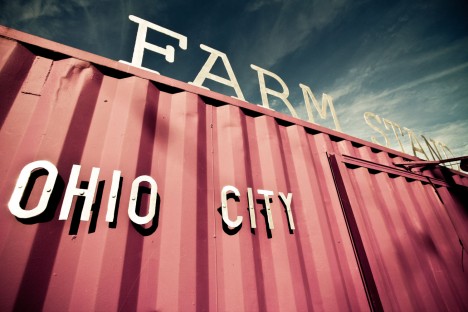














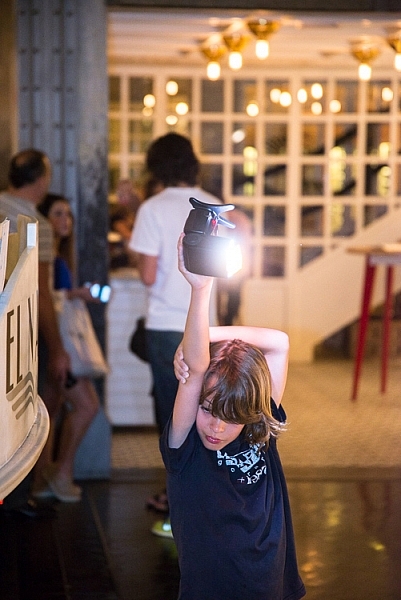
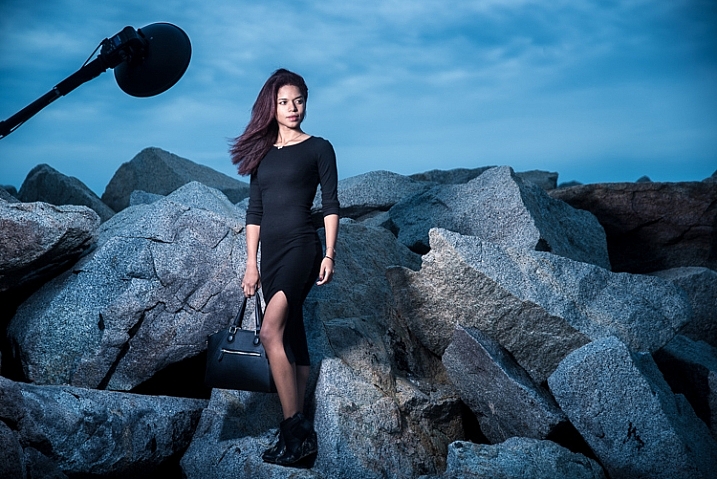
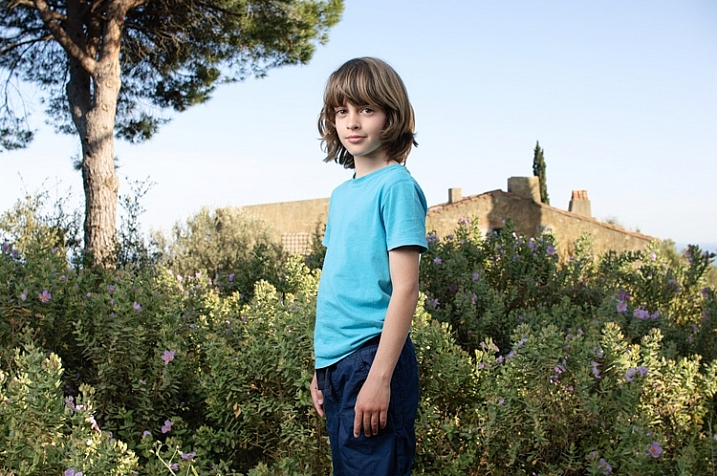
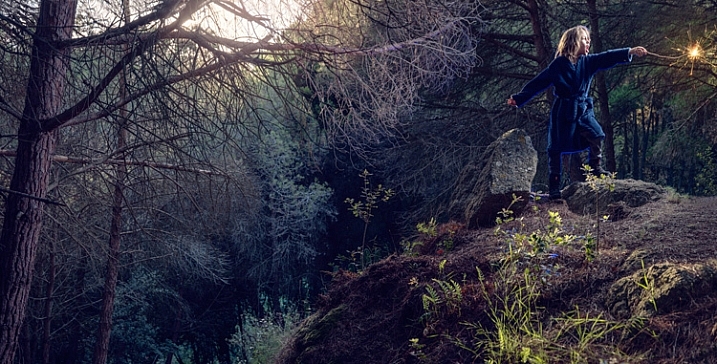


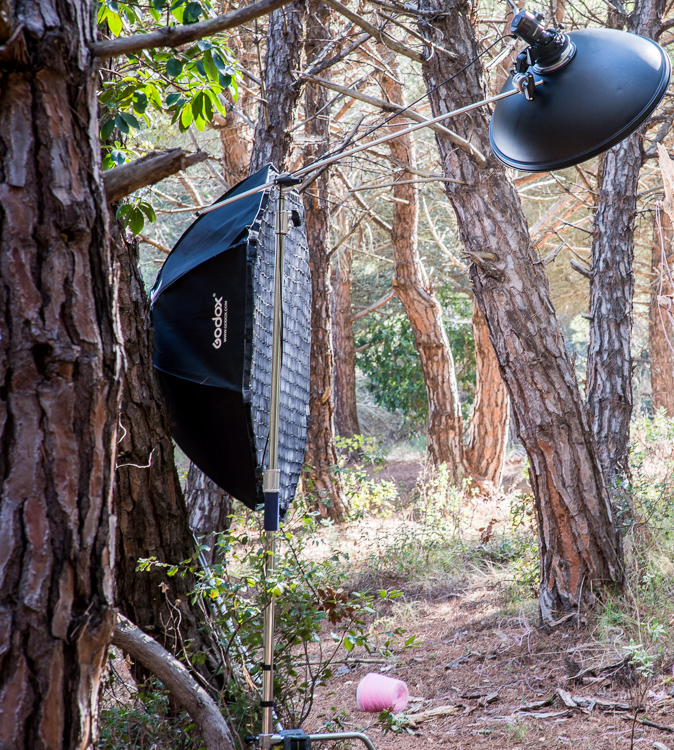








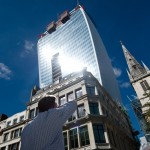
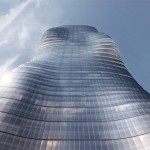
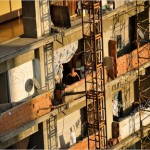


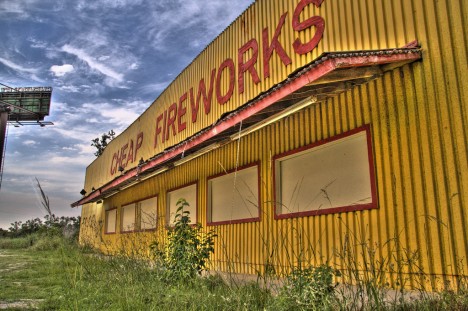
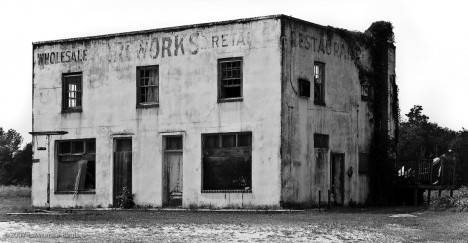


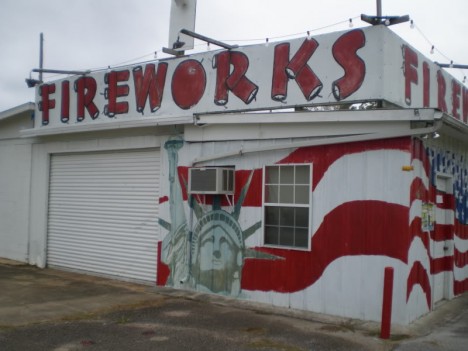
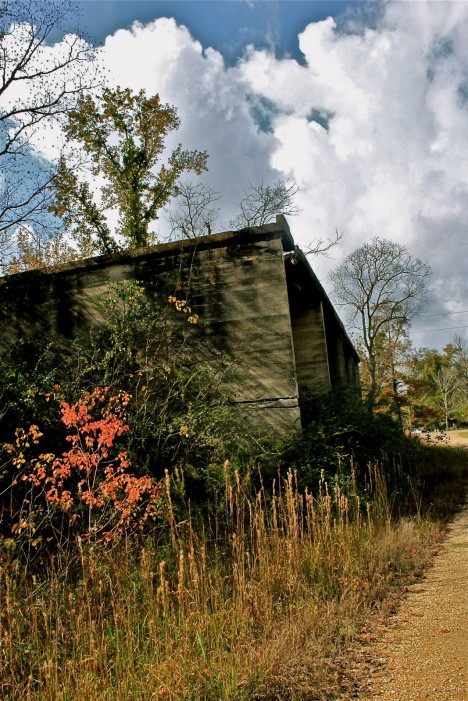


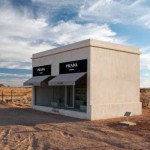
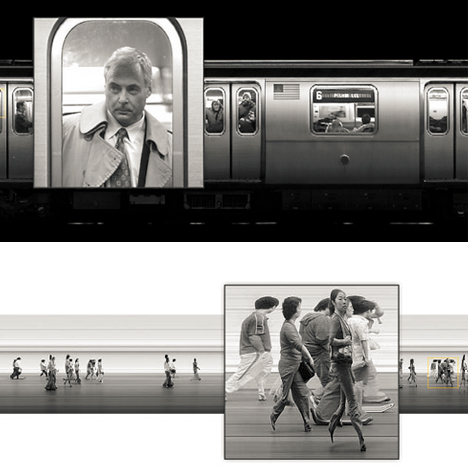



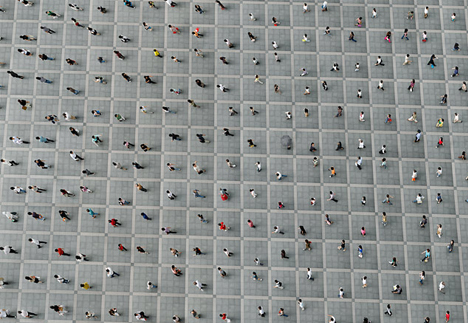
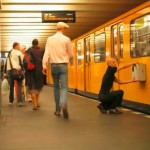

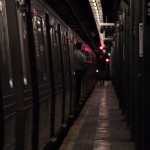
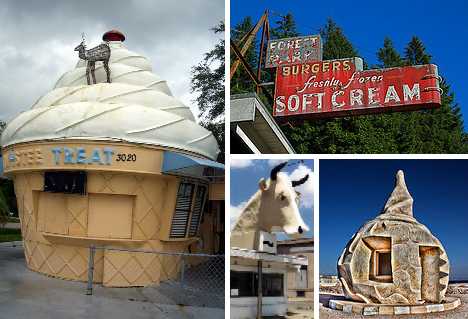
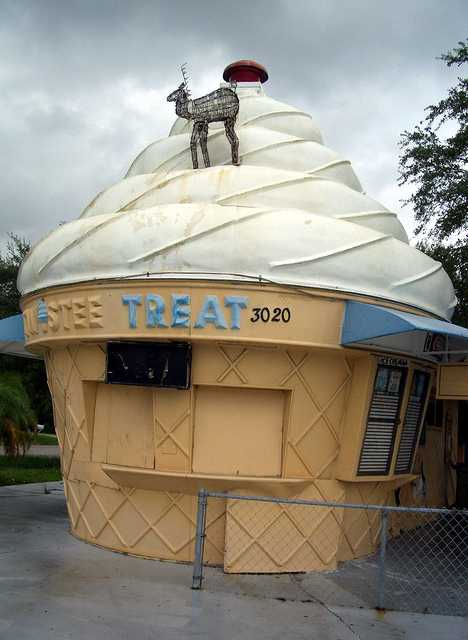


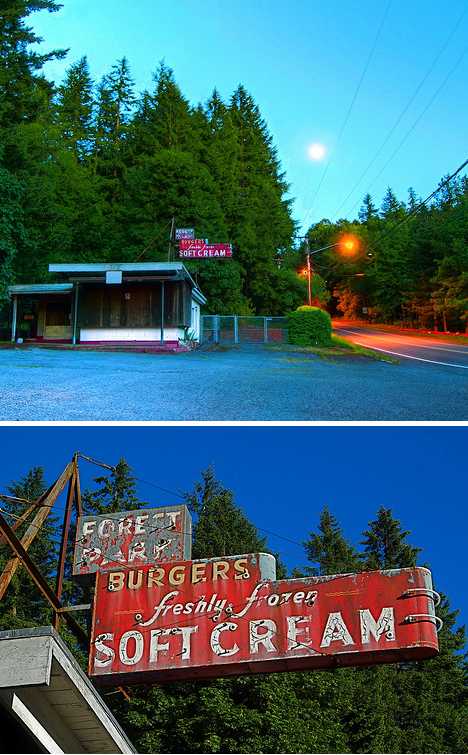
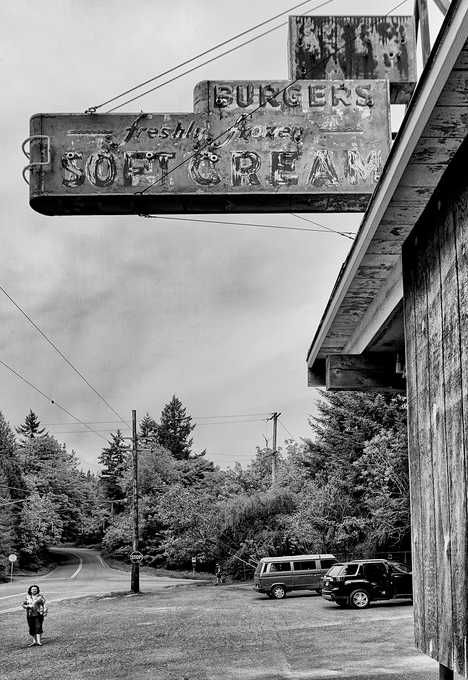
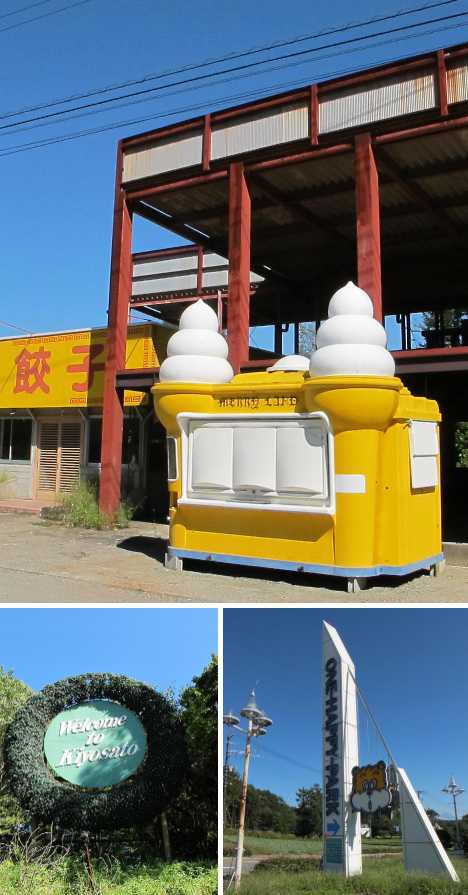







You must be logged in to post a comment.